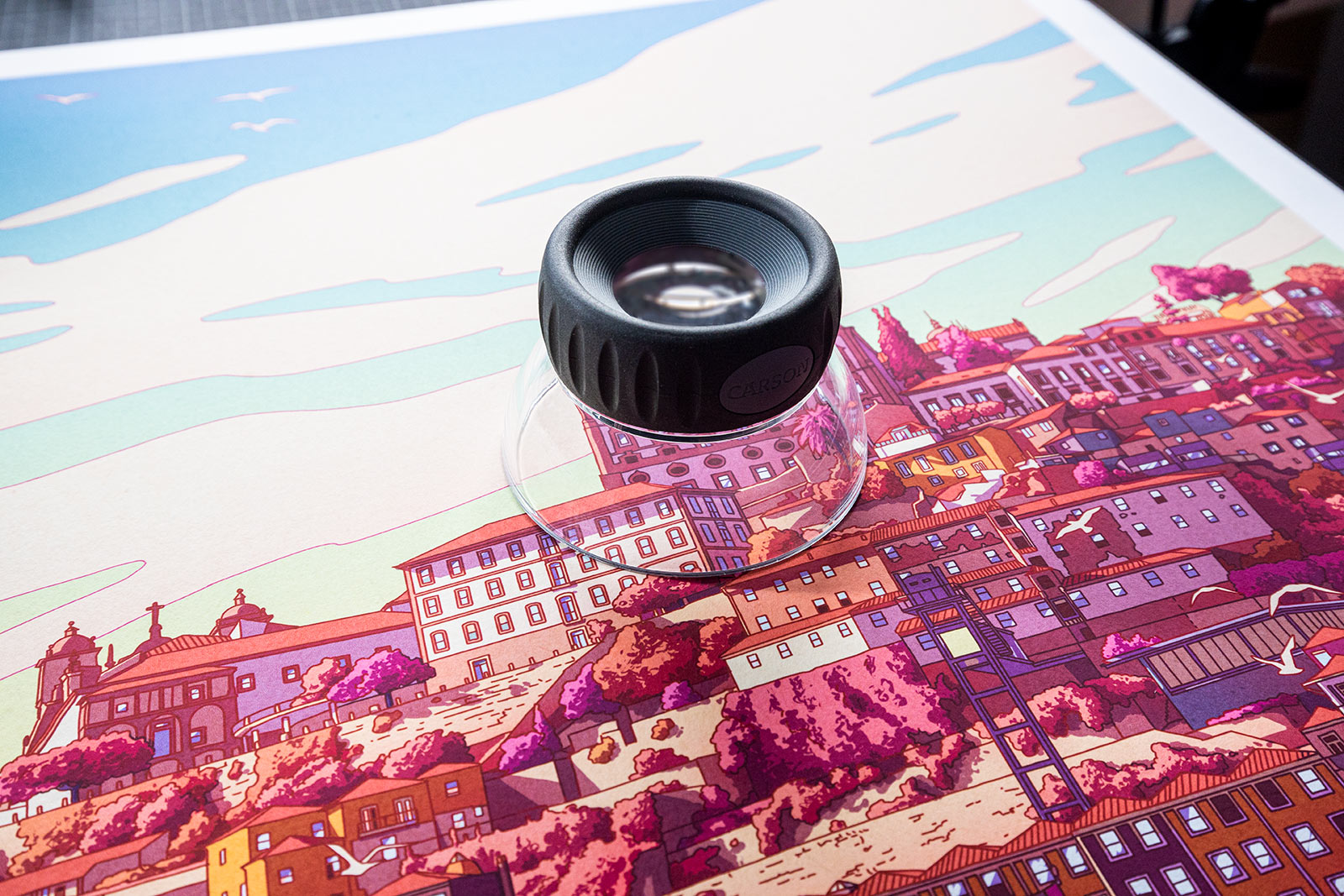Maintenance - We'll Be Back Soon!
We are currently undergoing a period of scheduled maintenance.
We anticipate being back in a few days.
During this time, we recommend using Google Translate with our Portuguese version to use Pigmento's fine art & giclée printing services.
Alternatively, you can reach out to us via email at info@pigmentocoolectivo.com.
